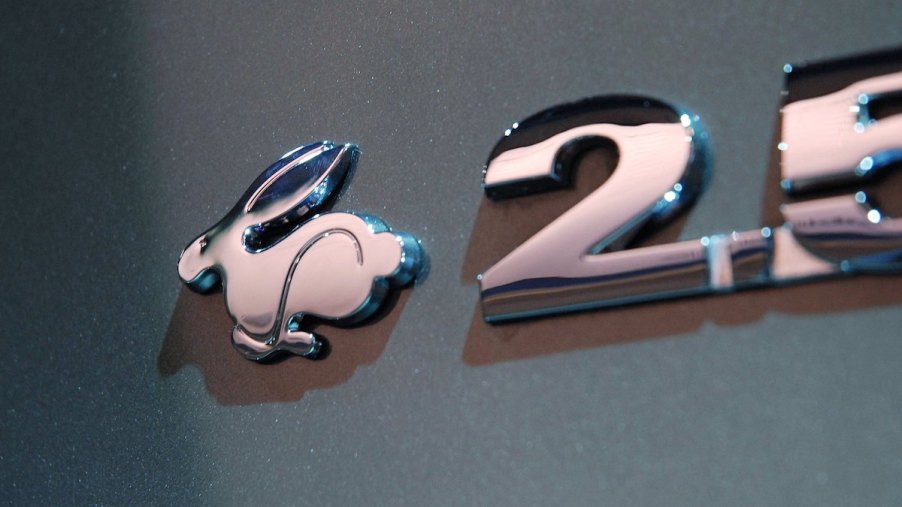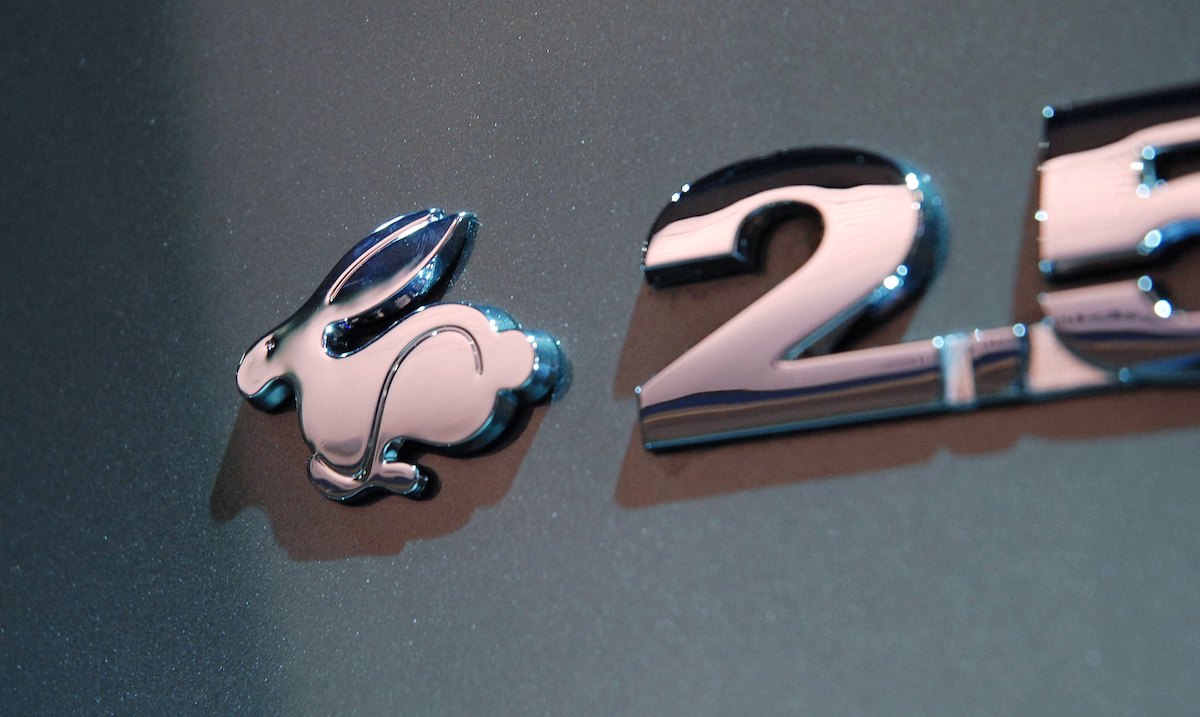
Is the Volkswagen Rabbit the Same Thing as the Golf?
The Volkswagen Golf marked many firsts. It was the first water-cooled VW and began replacing the Beetle in 1974. Two years later, Volkswagen launched the Golf GTI, starting the hot-hatch phenomenon. Today, the Golf remains an excellent small car, boasting a selection of powerful engines and a precise six-speed manual or eight-speed automatic transmission. It provides ample room and utility and is straightforward and fun to drive.
Probably the only thing that isn’t straightforward about the Volkswagen Golf is the name. On two occasions, VW called it the Rabbit in the U.S. market. But does that mean it was a different car? Or was the Rabbit the same as the Golf?
Why was the Volkswagen Golf sold as the Rabbit in North America?

To answer the first question: The Volkswagen Golf and Rabbit are the same. VW sold the car in the United States as the Rabbit from 1975 to 1984 and again from 2006 to 2009. So, why the different moniker?
Despite the internet’s vastness, it offers little information about why Volkswagen chose the Rabbit name. However, the folks at Garage Dreams did some research and formed a theory. In German, “golf” is the term for the English word “gulf,” related to the Gulf Stream, caused partly by powerful winds. Because the German word “passat” refers to a trade wind and is also the name of another VW model, and Volkswagen likes naming its cars after winds or nomadic tribes, this theory makes sense.
But in Americans’ minds, “golf” conjures images of the subdued sport. Perhaps Volkswagen executives pragmatically decided that naming a car after a game with a little ball wasn’t the best idea because it might limit sales to customers who spend their days on the green or in the clubhouse drinking Arnold Palmers.
Regardless of the reason, Volkswagen scrapped the name “Golf” for the North American market. They called the first generation of this cute little hatchback the Rabbit. Maybe execs wanted to associate the car with a fast animal, not realizing fuzzy, floppy-eared bunnies are the bane of gardeners’ existence. At least they didn’t call it the VW Squirrel.
Why did Volkswagen bring back the Rabbit name for the 5th-generation Golf?
When Volkswagen launched the Golf Mk2 in 1985, it chose to drop the Rabbit name and introduce it as the Golf in the U.S. market. Again, there’s little information on why VW dropped the Rabbit name in favor of the Golf. Maybe they realized many Americans like drinking Arnold Palmers. Or perhaps they saw the damage Peter did to Mr. McGregor’s garden.
But when the fifth-generation Golf rolled into the U.S. market in 2006, it again wore a Rabbit badge, prompting head-scratching among the farfegnugen faithful. But according to Garage Dreams, the answer to why is much more straightforward this time.
The first-generation Golf, aka Rabbit, was a big success for Volkswagen. It arrived stateside in 1975 and was an immediate hit thanks to its economical yet fun-to-drive nature. In all, VW sold 1.3 million Rabbits in the United States and even opened an assembly plant in Pennsylvania to keep up with demand.
But while the Golf Mk2 was a better car, it never caught on with U.S. buyers like the Rabbit. Then the Mk3 arrived and sold even fewer units, followed by the Mk4, which didn’t meet VW’s U.S. sales targets either. Its decline in popularity was partly due to the introduction of the Volkswagen Jetta, a compact sedan named after another wind, the German word for “jetstream.”
In any case, VW decided to try reintroducing the Rabbit when it launched the Golf Mk5 in 2006. At the time, Kerri Martin, the director of VW brand innovation, explained the reasoning thus: “The reintroduction of the Rabbit represents Volkswagen’s commitment to this market and is a nod to the passionate North American enthusiasts who have an emotional connection with the Rabbit name … Volkswagen customers want a relationship with their cars. Names like the Thing, Beetle, Fox, and Rabbit support this.”
But this time, the name never took off. As a result, the Rabbit Mk5 lasted three years and was replaced by the Golf Mk6, which reverted to the Golf name in the U.S.
So what’s the difference between a VW Golf and a Rabbit?
Aside from the name and badge, few differences exist between the Golf and Rabbit. The most significant changes resulted from market disparities, such as steering wheel placement on the left or right side, specific features or mechanical modifications to appeal to buyers, and changes to lights, bumpers, or ride height to comply with local safety regulations.
Volkswagen also produced the Golf in various countries outside Germany, including the United States, Brazil, South Africa, Mexico, Indonesia, and Ukraine. Today, it’s produced in Germany, China, and Malaysia and remains the most popular VW model in most parts of the world.



